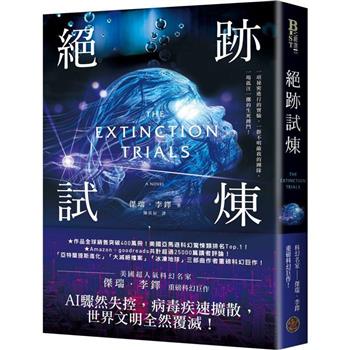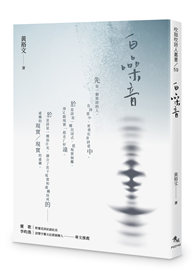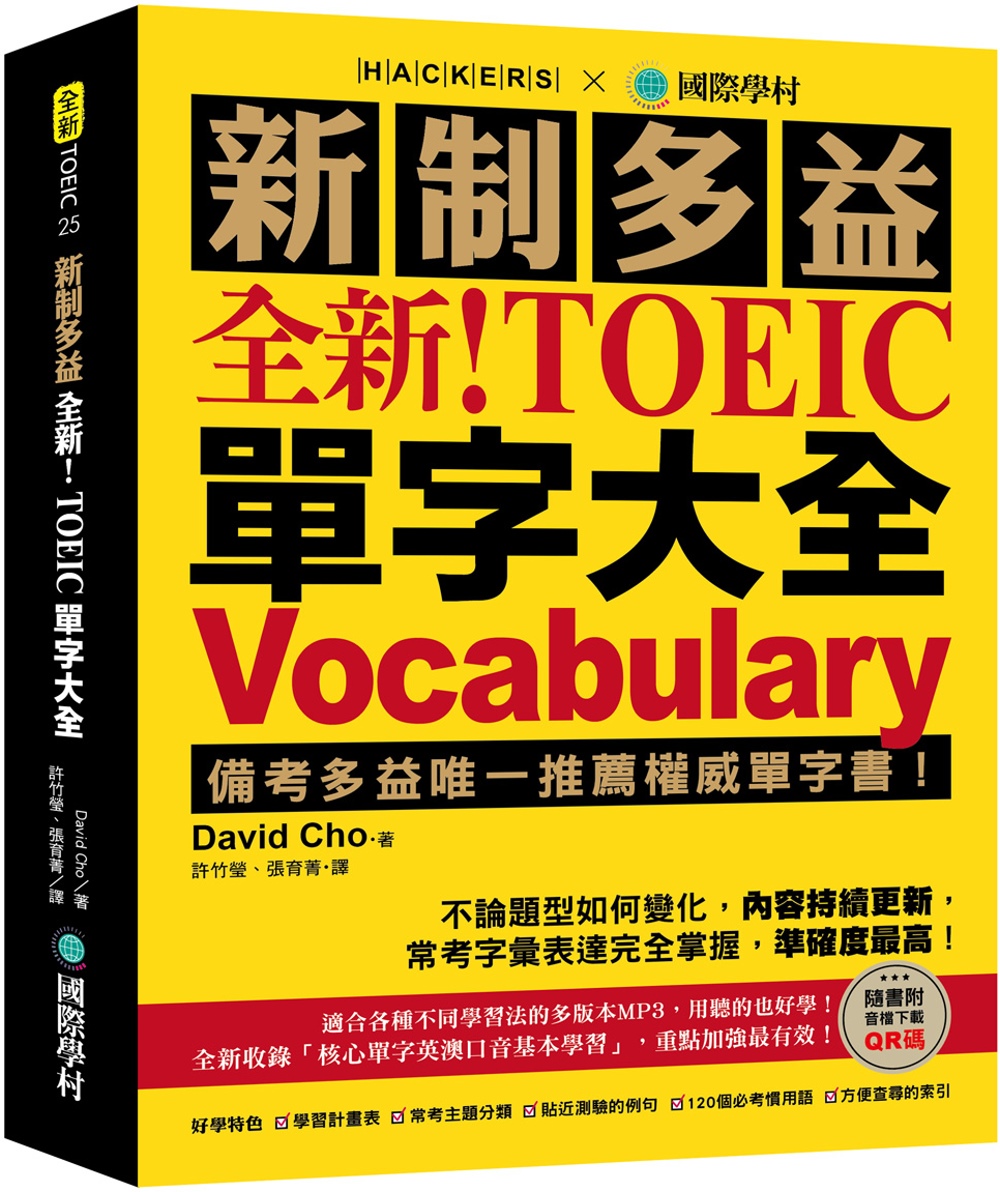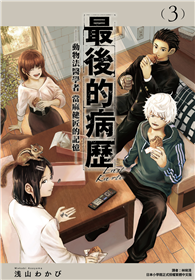"Report Upon the Decay and Preservation of Timber" presents a detailed exploration of methods to combat wood decay, offering insights into 19th-century practices and materials. Authored by T.J. Cram, this report delves into various treatments, including the use of creosote oil, carbolic acid, and the kyanizing process, to extend the lifespan of timber. The report references communications with A.A. Gillmore, adding professional context.
Readers will find discussions on the efficacy of different preservation techniques, the impact of seasoning, and the specific performance of wood types such as red pine and white oak. The text also includes references to the costs associated with these processes, measured in ’cents per cubic foot.’ This historical document provides valuable context for modern discussions of sustainable building practices and the longevity of construction materials. The report is a testament to the enduring challenges of preserving timber against decay and the innovative approaches developed in response.
This work has been selected by scholars as being culturally important, and is part of the knowledge base of civilization as we know it. This work was reproduced from the original artifact, and remains as true to the original work as possible. Therefore, you will see the original copyright references, library stamps (as most of these works have been housed in our most important libraries around the world), and other notations in the work.
This work is in the public domain in the United States of America, and possibly other nations. Within the United States, you may freely copy and distribute this work, as no entity (individual or corporate) has a copyright on the body of the work.
As a reproduction of a historical artifact, this work may contain missing or blurred pages, poor pictures, errant marks, etc. Scholars believe, and we concur, that this work is important enough to be preserved, reproduced, and made generally available to the public. We appreciate your support of the preservation process, and thank you for being an important part of keeping this knowledge alive and relevant.












